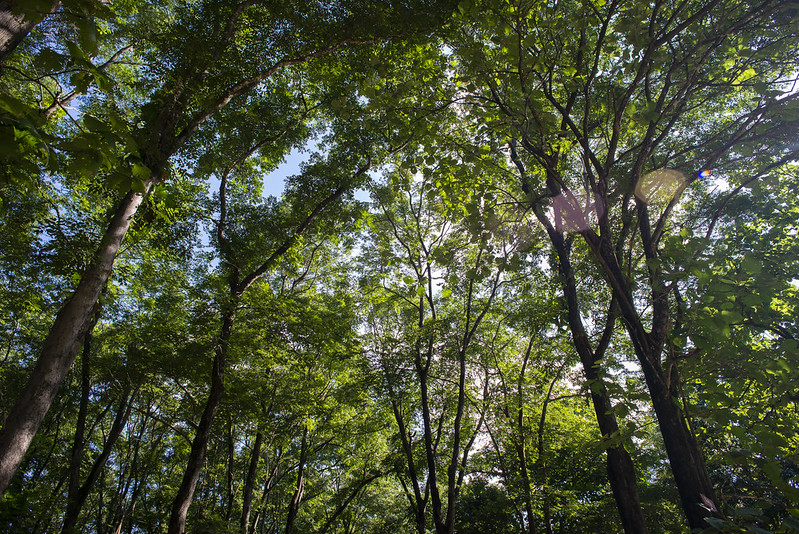Forests play a key role in helping to solve the triple planetary crisis of climate change, biodiversity loss and pollution. Yet every year we continue to lose about 10 million hectares of forests worldwide. Between 2000 and 2018, two thirds of total global forest loss happened in the tropics and sub-tropics. With ambitions to halt deforestation in order to keep dangerous warming below 2°C and preserve forests’ ecosystem services, understanding better where forest clearing happens most and what drives it has become critical for designing effective, locally-relevant solutions.
Forest loss tends to concentrate in 24 regions across the world, according to a recent WWF report, which defines these “deforestation fronts” as “places with a significant concentration of deforestation hotspots with large forest areas under threat. These areas span 30 countries across Latin America, Sub-Saharan Africa, South-East Asia and Oceania, totalling cca 710 million ha of land. Intact forests, which on average can store three times more carbon than fragmented forests, make up about 36 per cent of that area.
Between 2004 and 2017, 43 million ha of forests, a region roughly the size of Morocco, have been cleared on these fronts. Madagascar, West Africa, the Central African Republic, the DRC, Sumatra, and the Mayan Forest in Central America lead on forest fragmentation. Forest fires predominated in the Brazilian Amazon, Central and East Africa, as well as in Eastern Australia. Drier forested regions like El Chaco, or the Cerrado have also seen more burning relative to their forest cover two decades ago.
It is in those places where favorable climate and geographical conditions meet high population densities and access to markets that forest conversion is more likely to occur, WWF says, although more evidence is needed.
The leading driver of deforestation is the expansion of commercial agriculture from both large and small holders, especially in Latin America and Asia. In Africa, small-scale agriculture remains the main culprit. Across hotspots, logging, mining, and transport infrastructure, as well as encroachment of public lands and territories of Indigenous Peoples also put pressure on forests, as unclear land rights and governance provide loopholes for exploitation.
The WWF report looks at the different approaches states have taken to tackle deforestation and forest degradation in these hotspots and observes that responses have shifted from using solely national policies to a wide range of mandatory and voluntary actions taken across sectors. Some actions tend to focus on six areas:
1. Securing the rights of indigenous peoples and local communities (IPLC)
2. Securing conservation of biodiversity-rich areas
3. Ensuring production and trade are legal
4. Enhancing sustainability of supply chains
5. Ensuring the maintenance of environmental services
6. Mainstreaming responsible finance
Others take a more integrated approach, achieving results-based payments under REDD+ - processes supported by the UN-REDD Programme - and by stimulating transitions to more sustainable jurisdictions/landscapes.
But no single approach is a silver bullet for addressing the underlying causes of deforestation, while responses should also be tailored to hotspots and integrated. The report proposes an agenda for action that includes:
- Addressing tenure issues of Indigenous Peoples and including forest communities in sustainably managing forests
- Focusing more widely on protecting ecosystem services
- Companies committing to fight deforestation while ensure those pledges do not undermine conservation elsewhere
- Boosting sustainable production and consumption
- Promoting Nature-based Solutions (NbS)
- Improving laws and supply chains traceability.
This requires a long-term partnership between governments, companies, civil society, and local and Indigenous Peoples communities. “With a strong enough global coalition of the willing […] we can do it,” says WWF Director General, Marco Lambertini. “Let’s use this crisis as a wake-up call to halt nature loss, and safeguard forests, one of our world’s most precious resources.”

